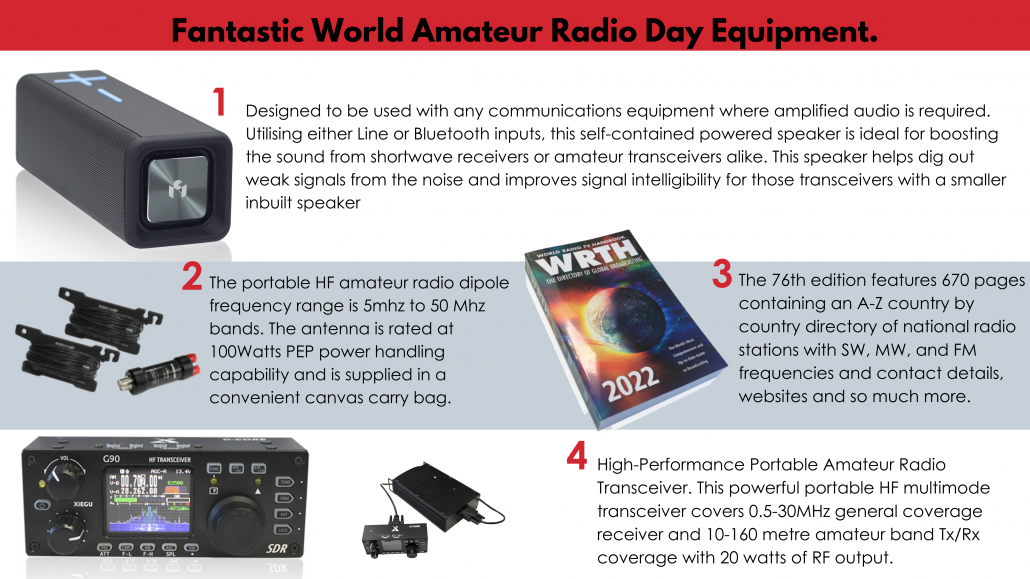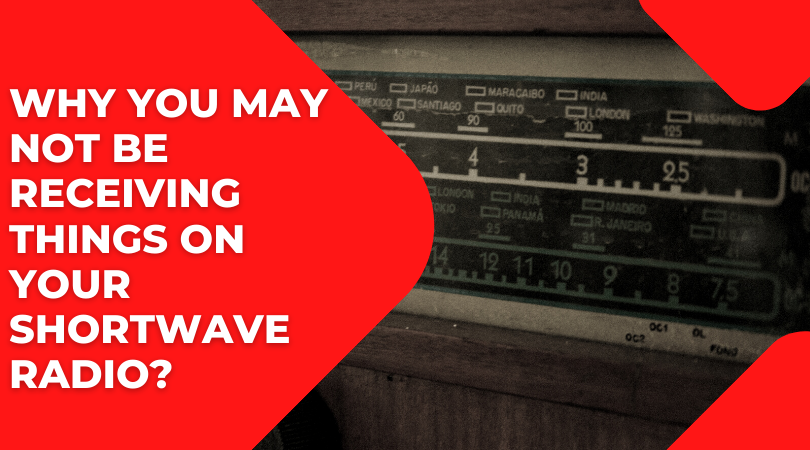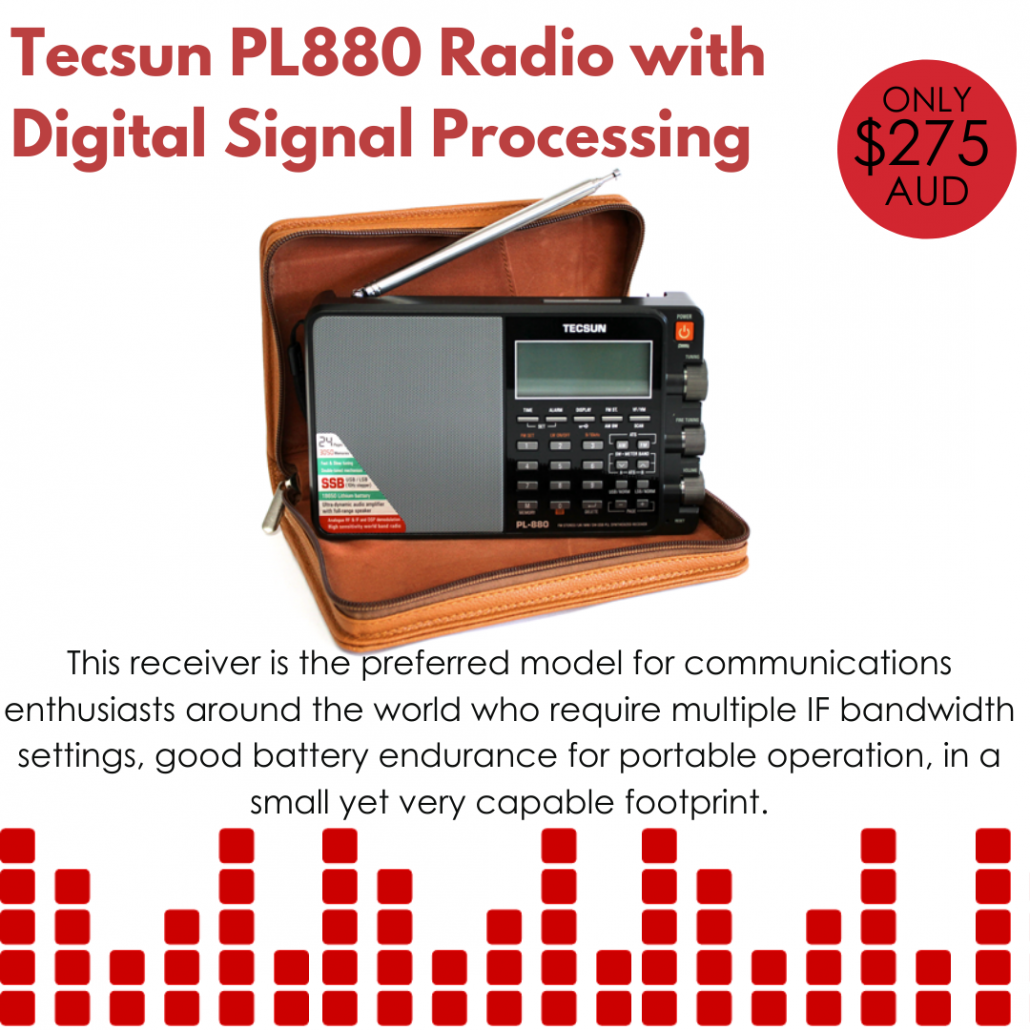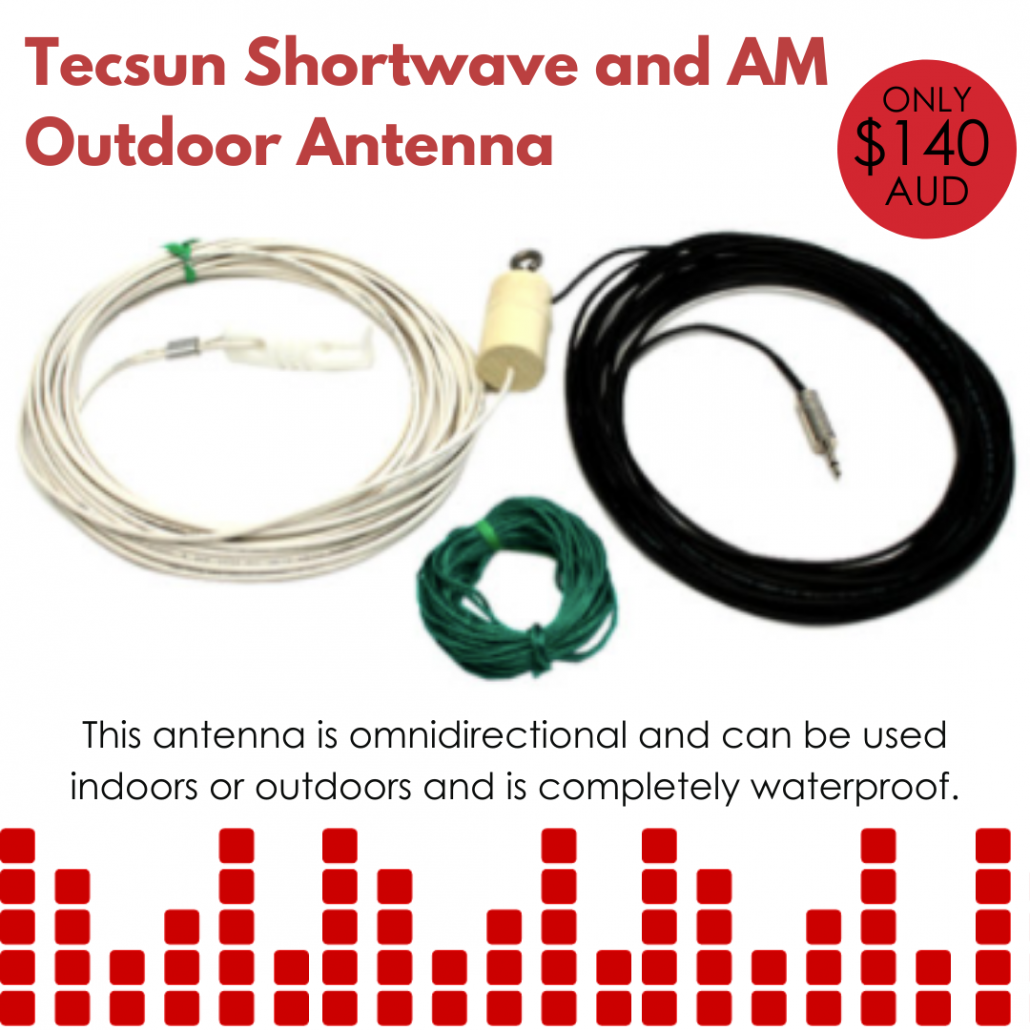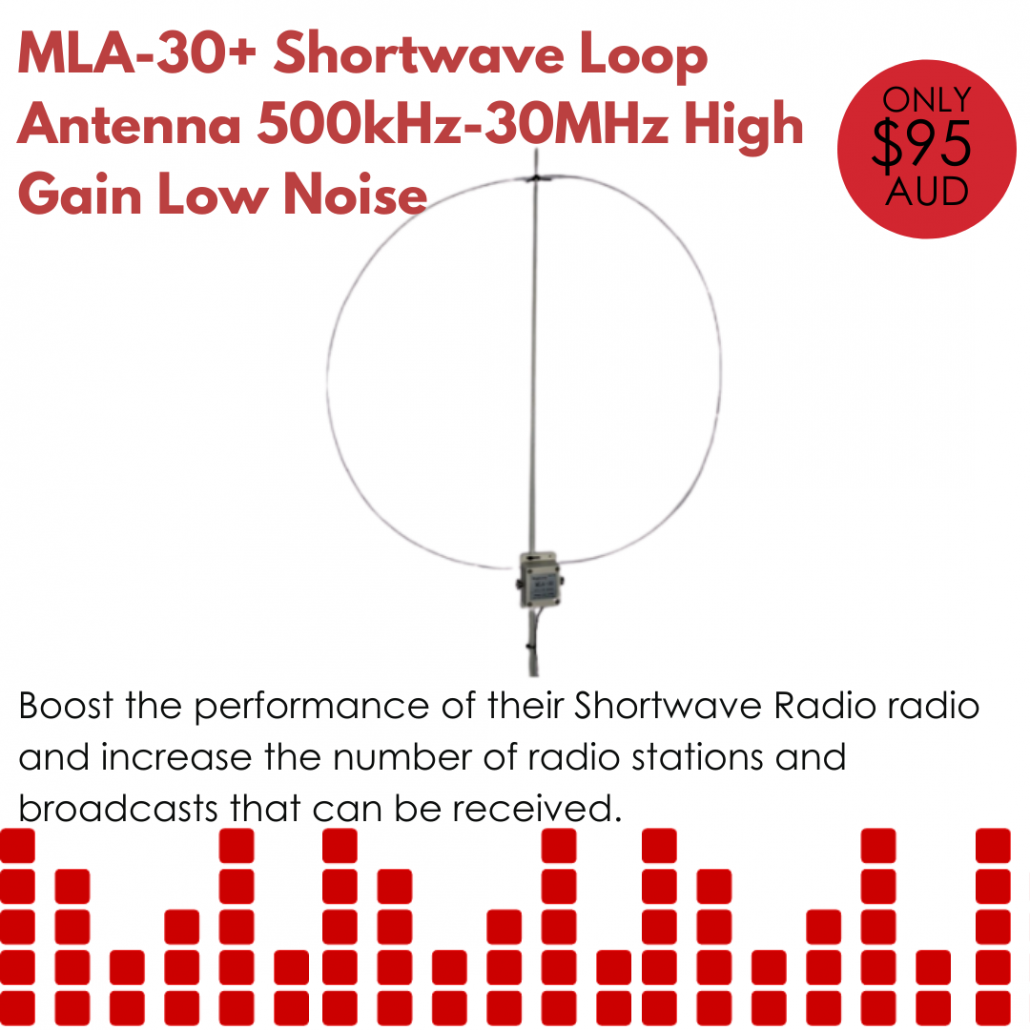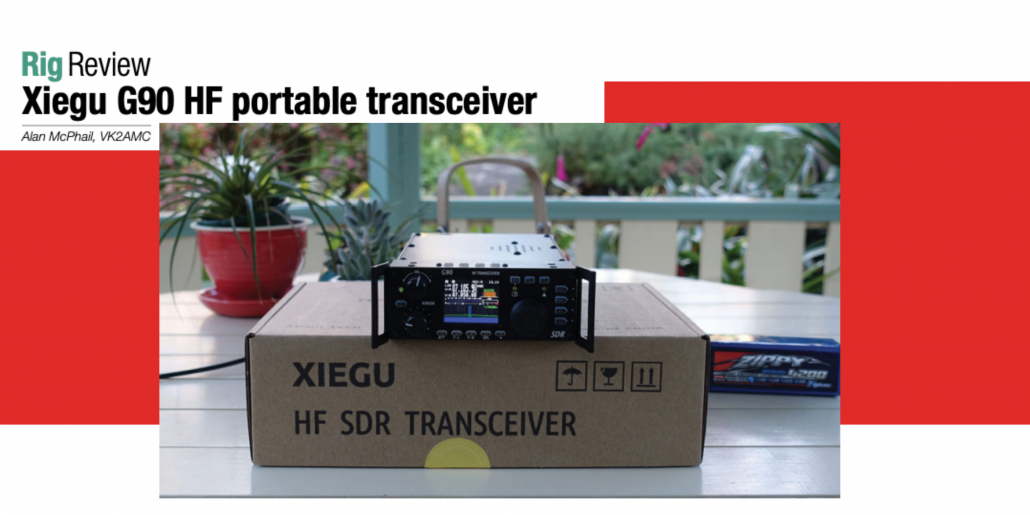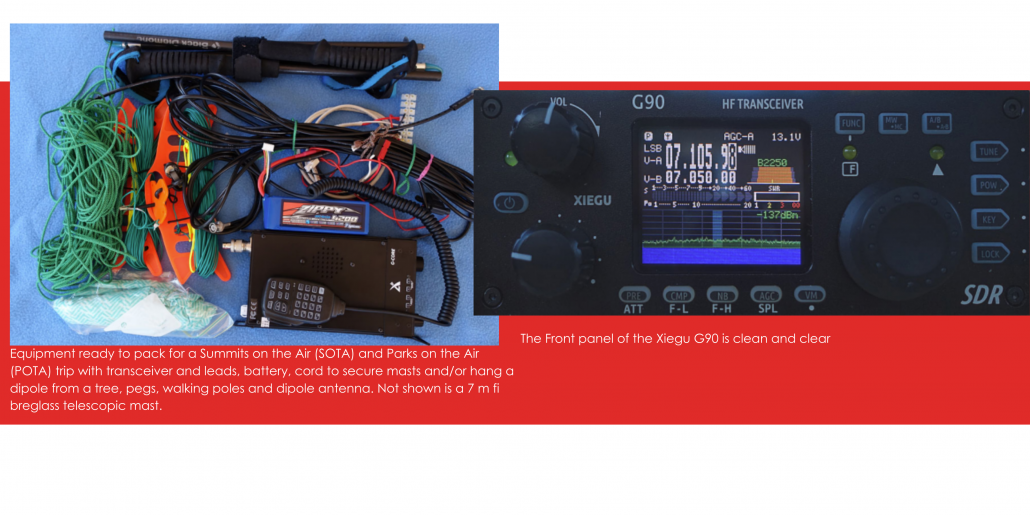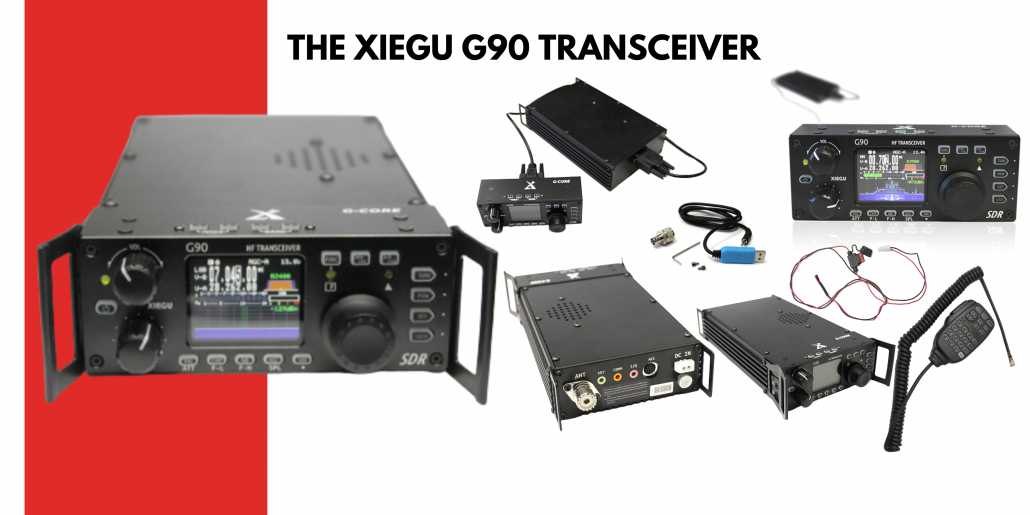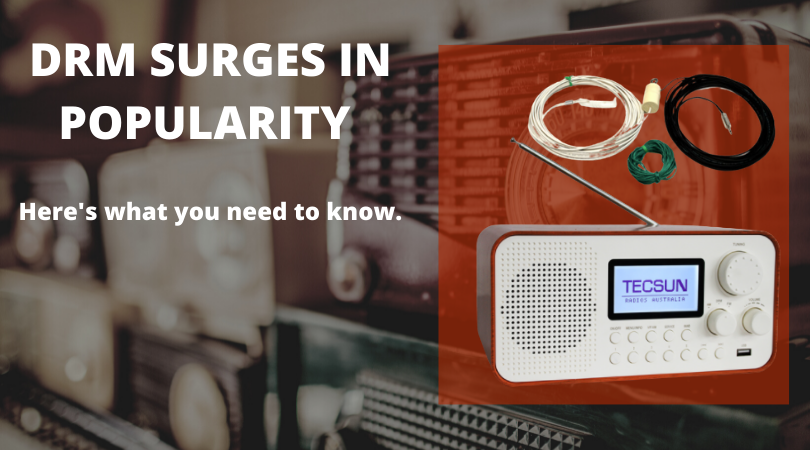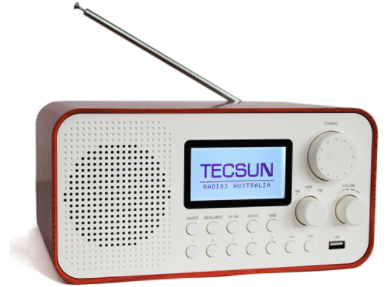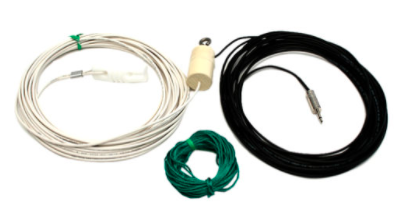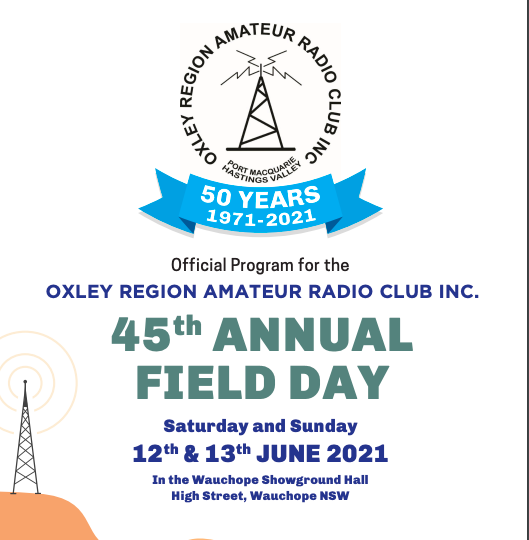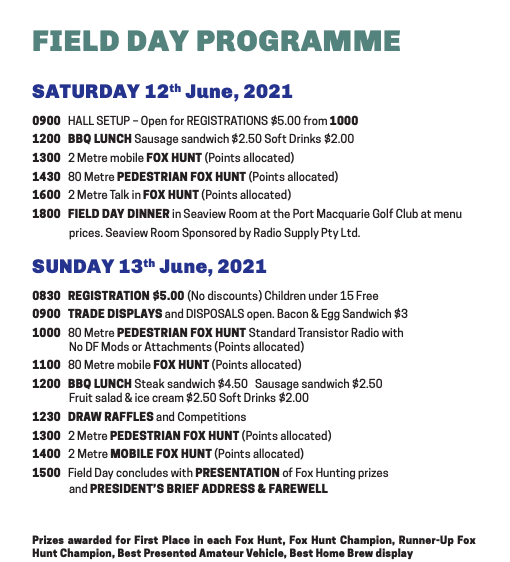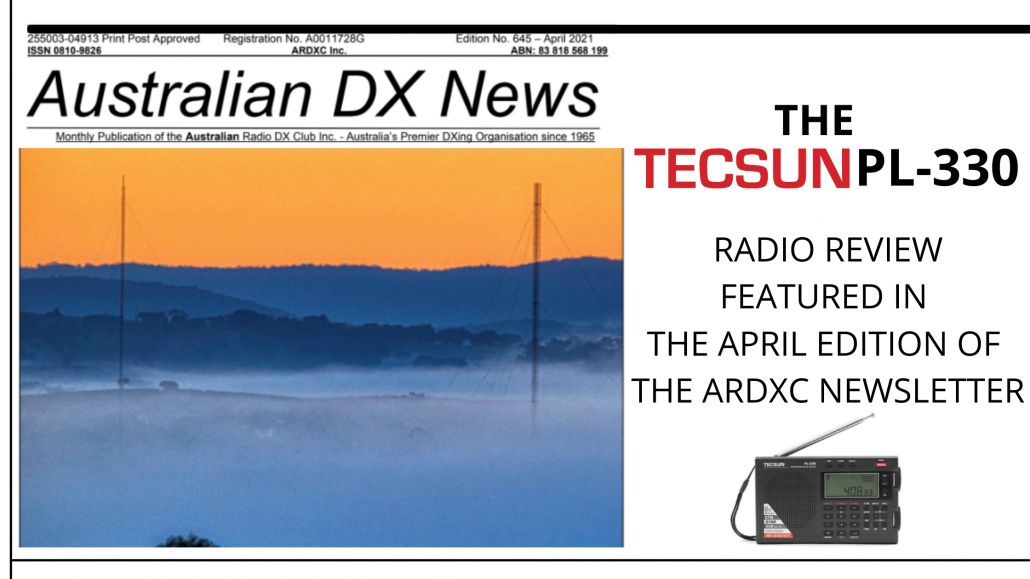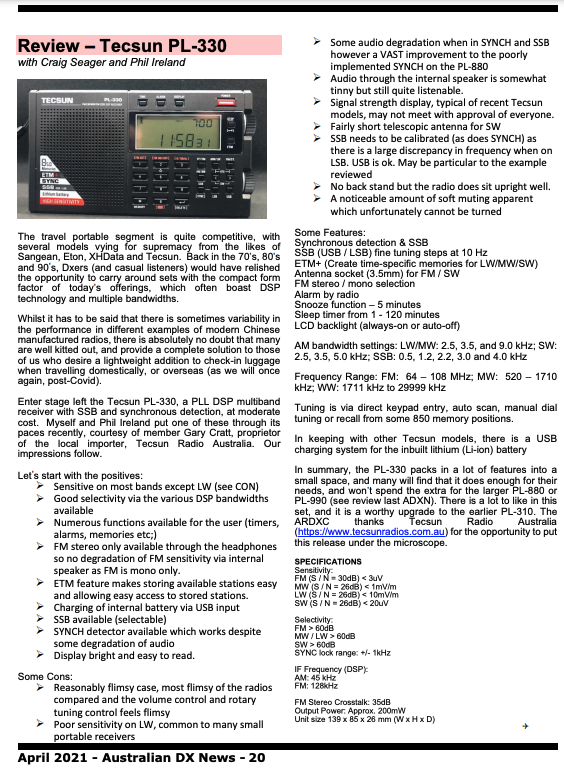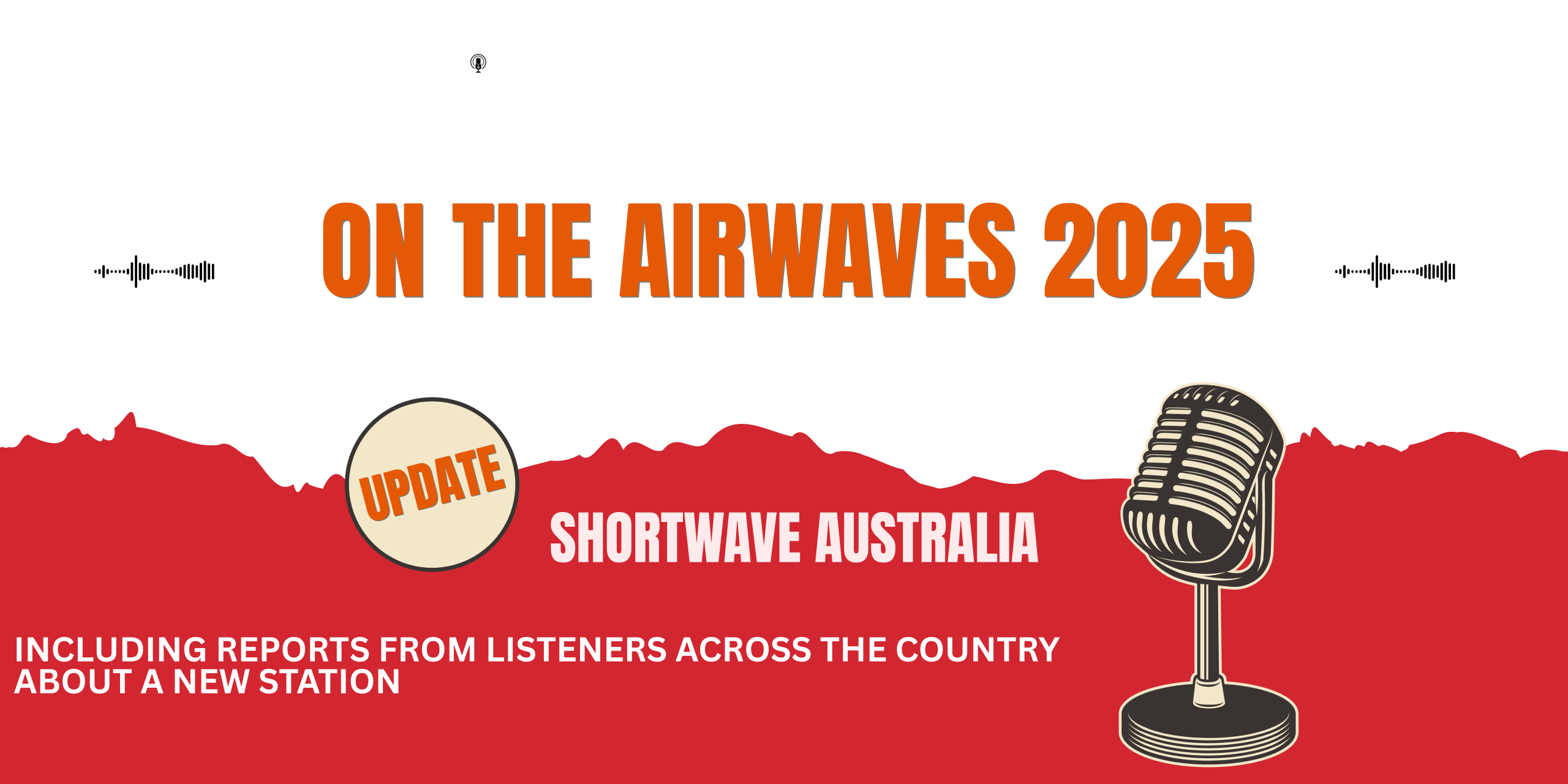
Shortwave is far from silent.
From new transmitters humming to life in the Pacific, to hobbyists catching signals from the other side of the world, there’s been plenty happening lately on the bands. Here’s a look at some of the most interesting updates.
New Voices on the Airwaves: Shortwave Australia
Over the past few weeks, a station identifying itself as Shortwave Australia has been heard broadcasting on 2310 kHz and 4835 kHz. Reports from listeners across the country describe strong signals and a program of nostalgic, old-time music drifting across the dial — a refreshing discovery for anyone who enjoys exploring the lower shortwave bands.
While official details are limited, a growing number of hobbyists have confirmed regular activity on these two frequencies. The station’s broadcasts have been logged during afternoons and evenings (local time), with 4835 kHz often producing the strongest results in daylight hours before fading around dusk. At night, 2310 kHz seems to take over, offering surprisingly consistent reception when conditions are right.
Programming so far appears to focus on music and general entertainment, with minimal announcements or station IDs — a style that gives the broadcasts a distinctly nostalgic feel. Listeners have described the experience as “like tuning into a forgotten corner of the radio world.”
Online, discussions about the station have started to appear on hobby forums and monitoring blogs, where enthusiasts are sharing signal reports, audio clips, and reception logs. Some have uploaded recordings to YouTube and SDR platforms, while others are tracking the station on sites like Shortwave.Live, which lists it as active on both frequencies around the clock (though actual transmission times vary).
Want to Try Your Luck Tuning In?
🎧 When to listen: Afternoon or early evening — that’s when most recent reports have been logged.
📻 Frequencies to check: Start with 4835 kHz, then try 2310 kHz later in the night.
🔌 Reception tip: Use a loop or long-wire antenna placed well away from household noise sources.
🌐 Online option: Explore KiwiSDR receivers around Australia to see how the signal propagates in different regions.
We’d Love to Hear From You
Have you caught Shortwave Australia on the dial? What times, signal strengths, or music have you logged?
If you’ve captured a short audio clip or screenshot, share it with us — we may include listener reports in a future blog post to help map out the station’s reach and schedule.
Shortwave lives on through discoveries like this, and with help from the listening community, we can keep these new voices heard far and wide.
China Goes Digital
China has formally adopted DRM (Digital Radio Mondiale) as its national standard for shortwave and mediumwave broadcasting. The move could transform the listening experience, offering FM-quality sound and data broadcasting across vast distances.
Pacific Coverage Expanding
RNZ Pacific has completed a major transmitter upgrade near Taupō, New Zealand, installing a new 100 kW Ampegon TSW-2100 unit supporting both analog and DRM signals.
At the same time, Papua New Guinea has announced plans to reintroduce shortwave broadcasts to improve coverage for its remote communities — an encouraging reminder that shortwave still matters, especially where the internet can’t reach.
Vanuatu: Back on the Bands
VBTC has announced new shortwave frequencies of 2485, 3945, 5040, 7260, and 9960 kHz.
The 9960 kHz signal has been heard regularly along the east coast of Australia, with a transmitter power of 10 kW.
Technology Meets Tradition
Researchers have even turned to AI, developing systems that can automatically classify hundreds of shortwave signal types using deep learning.
Meanwhile, mysterious stations like UVB-76 (“The Buzzer”) continue to intrigue listeners and keep the global shortwave conversation alive.
Explore, Learn, and Listen
If you’re new to the hobby or looking to go deeper, check out our range of free downloadable guides at TecsunRadios.com.au — including our Shortwave Explained booklet and Listener’s Guide (Version 15).
Whether you’re rediscovering radio after decades or tuning in for the first time, one thing’s for sure: the airwaves have never been more alive.



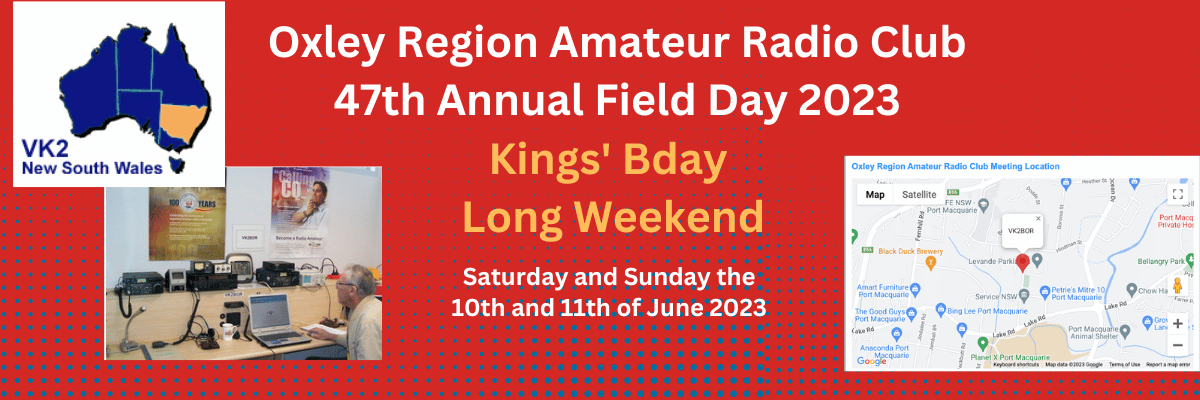
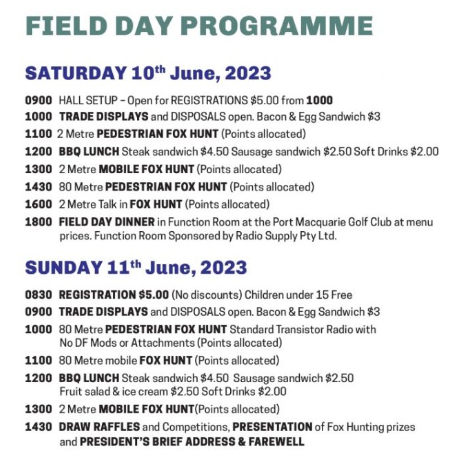


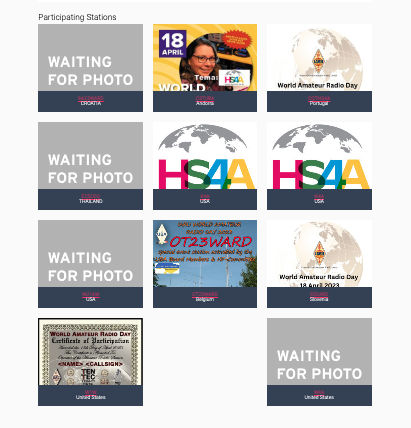
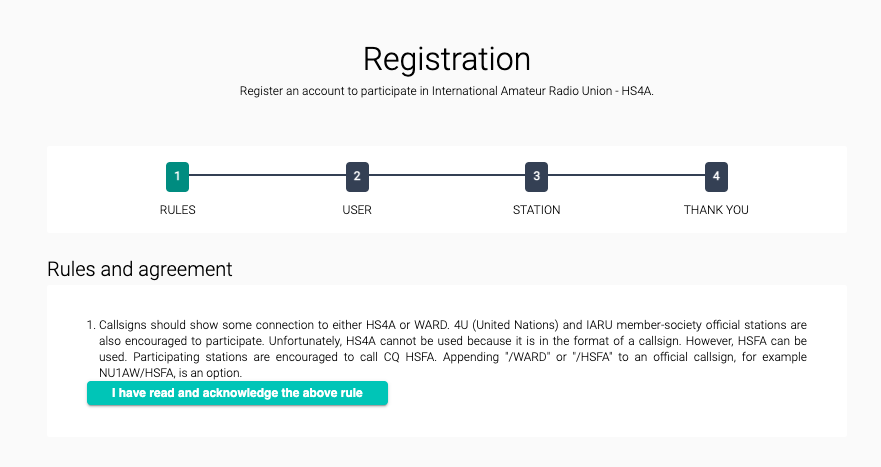




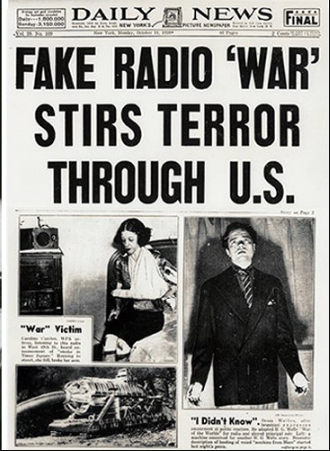
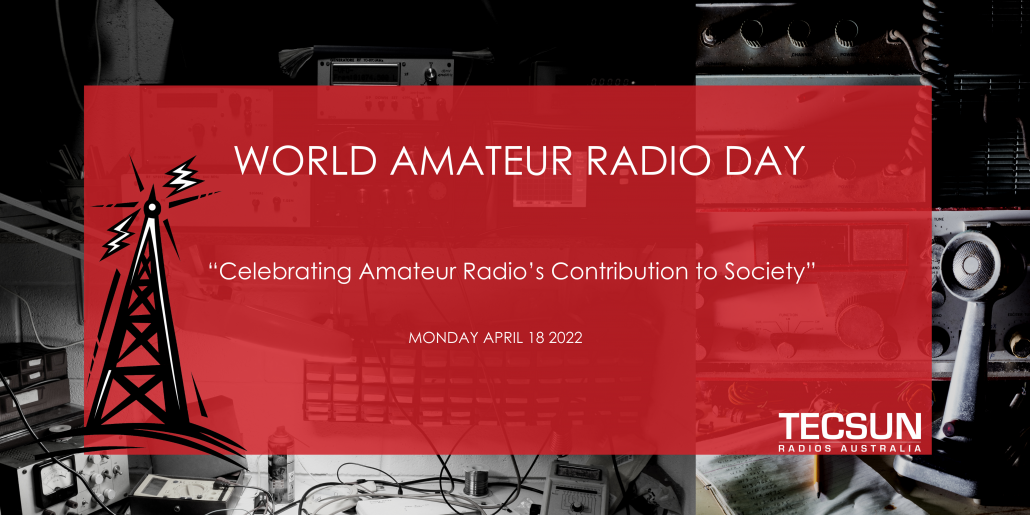 The International Amateur Radio union (IARU) was formed on this day in 1925.
The International Amateur Radio union (IARU) was formed on this day in 1925.